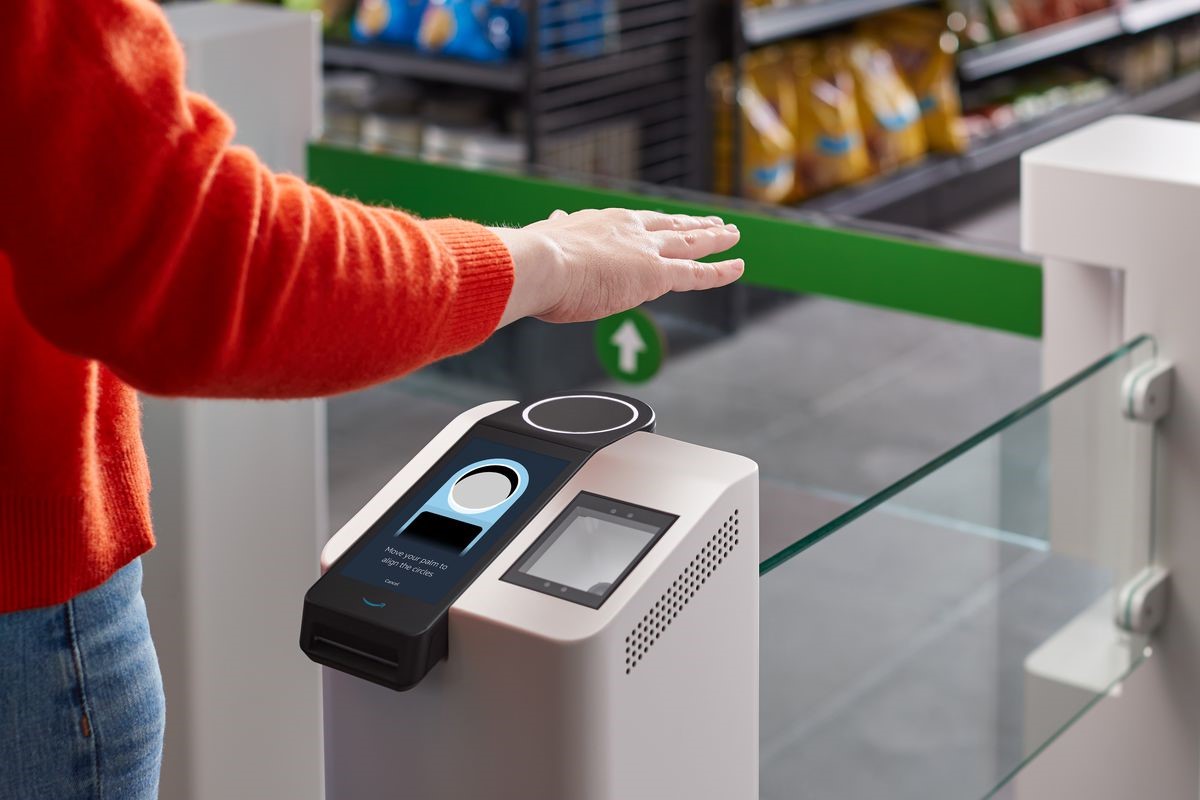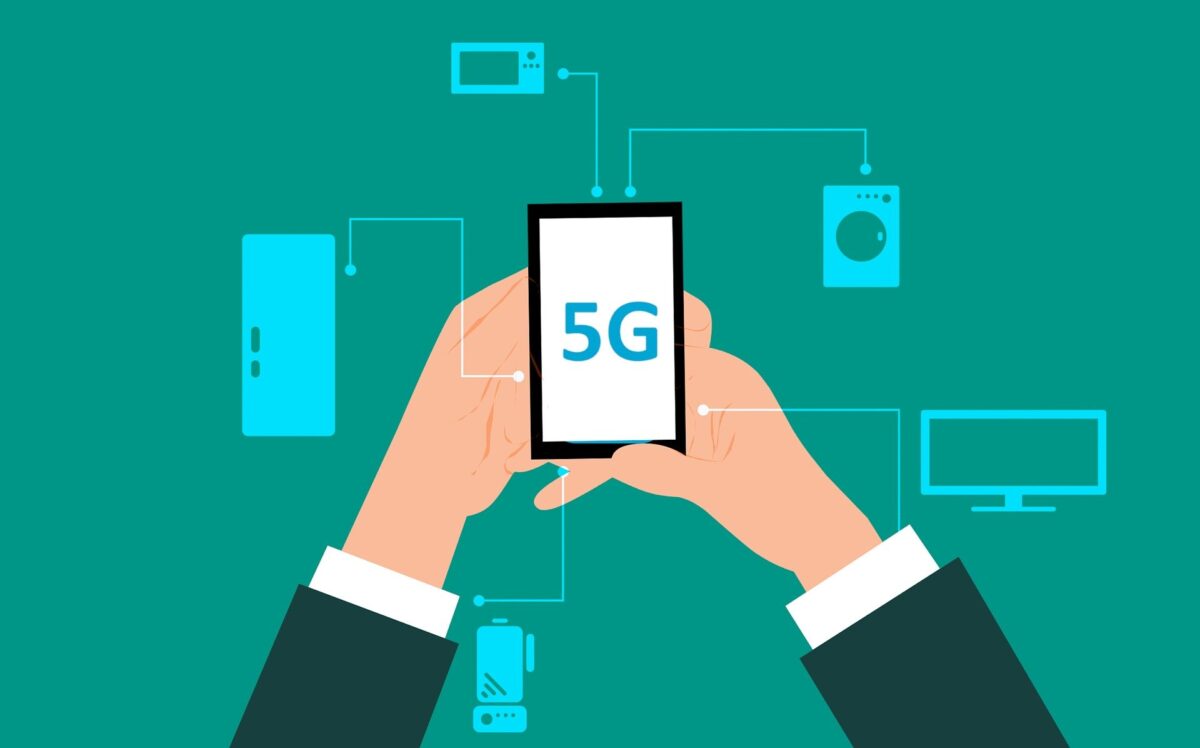Pay with your palm through Amazon One
Contactless payments are the most convenient way to pay for things. Whipping out a contactless payment card and paying without entering a pin number saves time, and the ability to save cards to Google Pay or Apple Pay on your smartphone and use NFC to make contactless payments makes life easier too.
It’s all very slick and useful, but there’s a limitation to the current technology: you need to have your card or your smartphone in your hand.
If you have ever forgotten your wallet when you pop to the shops or left your phone in the car when you go shopping, the problem is clear to see: your reliance on a device (be it a card or phone) to make payments is a hindrance.
So, wouldn’t it be great if you could just use your hand? That’s what Amazon One aims to do, and it offers a glimpse into an exciting future.
Payments in the palm of your hand (literally)
Amazon One is a new contactless payment technology that uses your palm as a form of biometric signature. All you do is scan your palm over an Amazon One payment module and payment is authorised if your palm print checks out.
Forget about your card and phone. All you need is your palm.
The technology is ingeniously simple in use, and it is so useful, and so convenient, that it could replace cash and cards in the future.
To set up Amazon One, you insert a payment card into the module and hover your palm over the sensor when prompted. Amazon One then scans and saves your unique palm signature to that payment card. You can enroll with one palm or both your palms. Once you are enrolled, you needn’t do anything else.
Security concerns and rollout
The obvious security concern with Amazon One is customer data, and the question you probably have is: where is my palm print stored?
The Amazon One device is protected by multiple security controls. For example, the technology driving the imaging sensor uses depth sensors to differentiate between artificial models and images. Palm images are also stored in a secure data environment, encrypted so that the data is useless if it ever falls into the wrong hands.
You can delete your biometric data via the Amazon website. You can manage palm images and add new ones using a module. You can even add loyalty and discount cards, so you have the opportunity to break free from your whole wallet.
With such exciting possibilities, Amazon One is in the best hands in terms of development and rollout (excuse the pun). Amazon has a rich history of bringing top products to market. There’s a reason they are one of the most valuable companies in the world.
You can find Amazon One in Amazon Go stores in Seattle, where a trial is being performed to evaluate the technology. It has worked brilliantly so far, and Amazon’s vision is for it to be rolled out to third-party retailers in the near future.
Soon, you’ll have the whole wide retail world in your hands.



